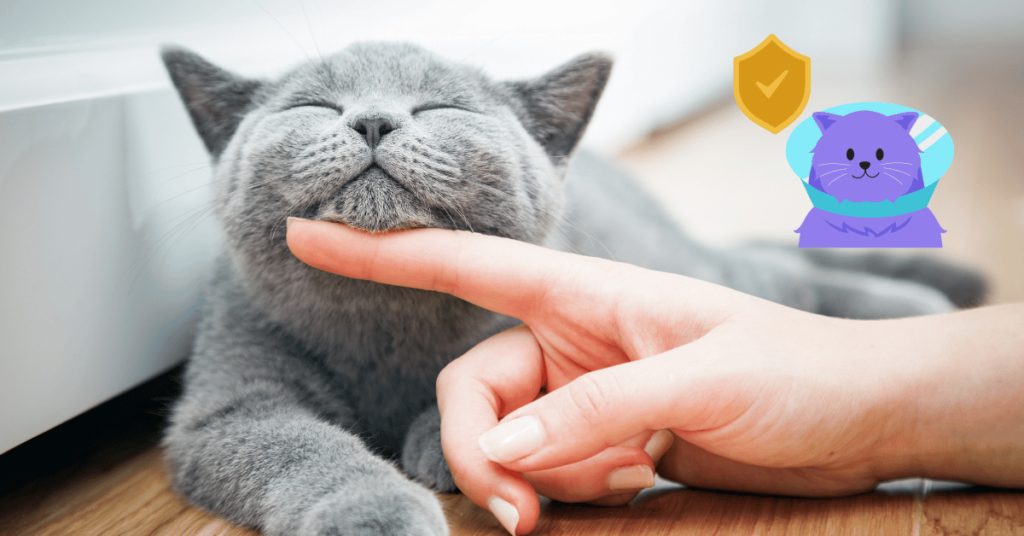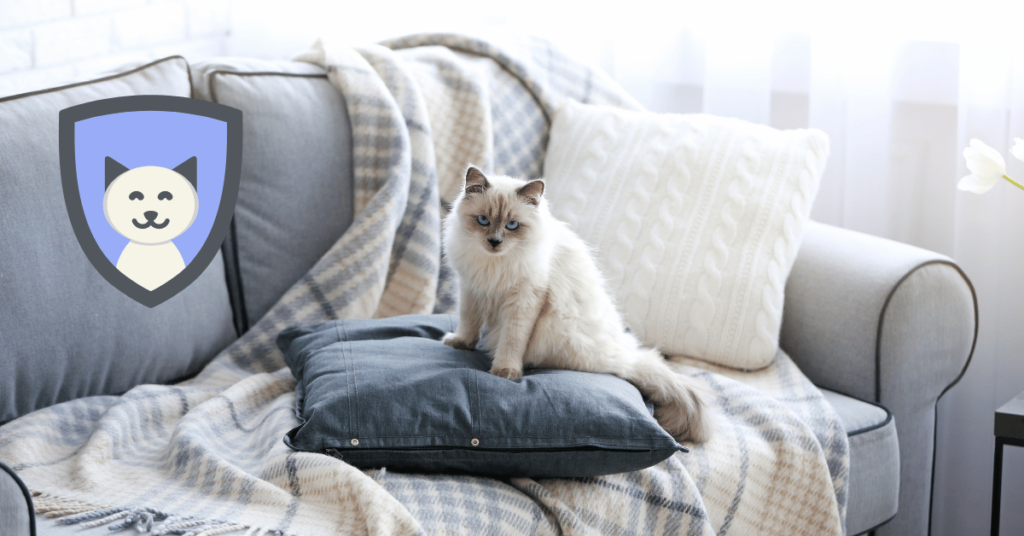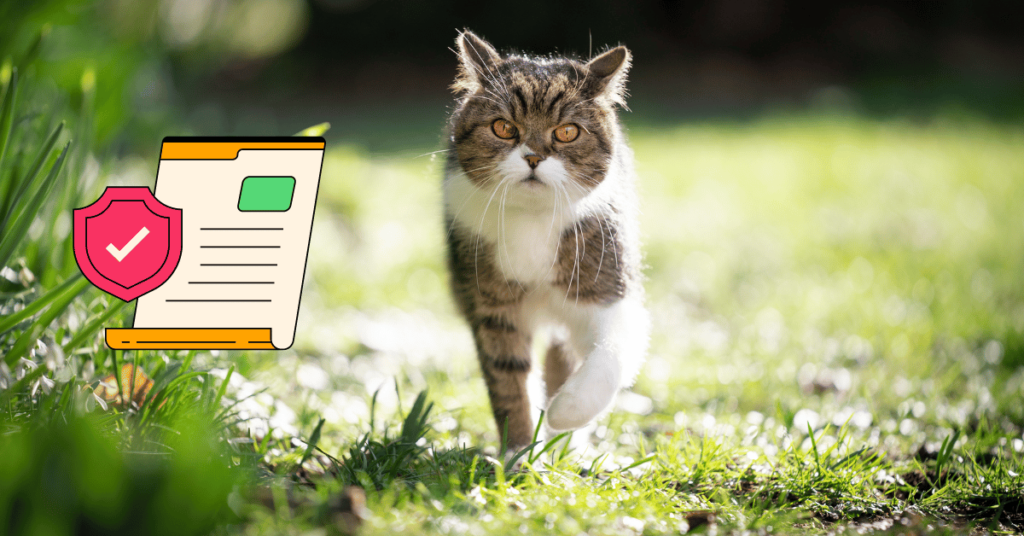While how you care for your cat plays a significant role in their overall health, some breeds are more prone to specific hereditary health issues. Knowing these common health conditions can help you prepare for potential veterinary costs. Getting pet insurance for your cat while they are still healthy can save you from hefty bills later in life. For certain breeds, pet insurance can be particularly valuable due to their predisposition to costly medical conditions.
In this article, we’ll explore seven cat breeds that would benefit most from having pet insurance.
Why Pet Insurance is Important for Certain Cat Breeds
Some cat breeds are more susceptible to particular health issues due to their genetics. Veterinary treatments for chronic or hereditary conditions can be expensive, and without pet insurance, you might find yourself faced with unaffordable vet bills. Pet insurance can help cover these costs, providing peace of mind and ensuring your pet gets the care they need without financial stress.
Seven Cat Breeds That Need Pet Insurance the Most
1. Siamese
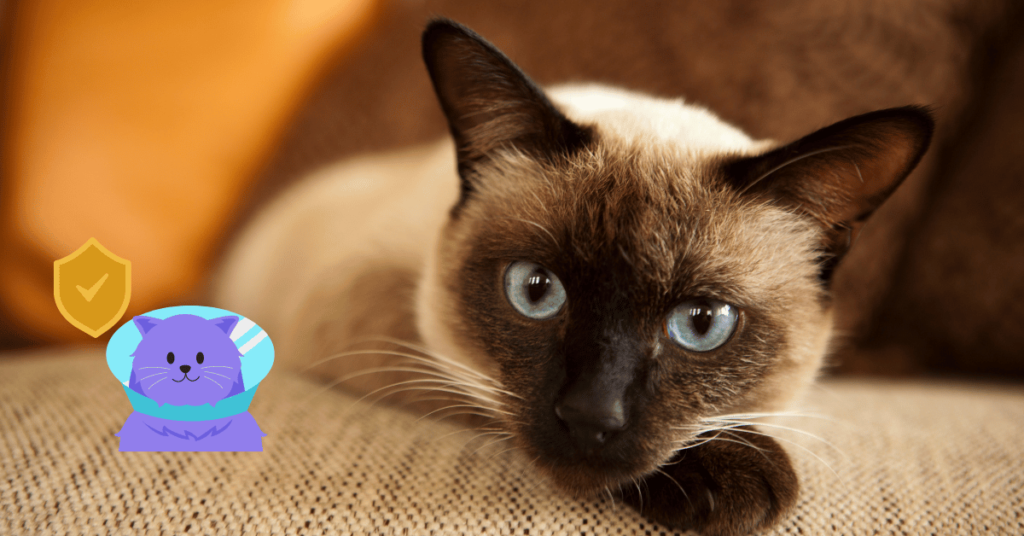
Siamese cats are known for their intelligence and striking blue eyes, but they are also prone to several serious health issues, including various types of cancer such as lung cancer, lymphoma, and mammary tumors. Treatments like biopsies, radiation, and chemotherapy can be incredibly expensive, with costs ranging from $1,500 for biopsies to as much as $15,000 for a full course of chemotherapy.
In addition to cancer, Siamese cats are prone to other genetic conditions such as:
- Systemic amyloidosis
- Hip dysplasia
- Gastrointestinal problems
- Respiratory issues like feline asthma
- Progressive retinal atrophy
Pet insurance can be a financial lifesaver if your Siamese cat is diagnosed with any of these conditions.
2. Ragdoll
Ragdoll cats are known for their calm temperament and stunning blue eyes. Unfortunately, they are prone to kidney disease, which is one of the most common illnesses in cats and can cost around $649 per year to manage.
Ragdolls are also at risk for hypertrophic cardiomyopathy (a thickening of the heart muscle), as well as urinary tract issues like bladder stones. Pet insurance for Ragdolls can help cover the costs of treatments, tests, and ongoing care for these conditions.
3. Persian
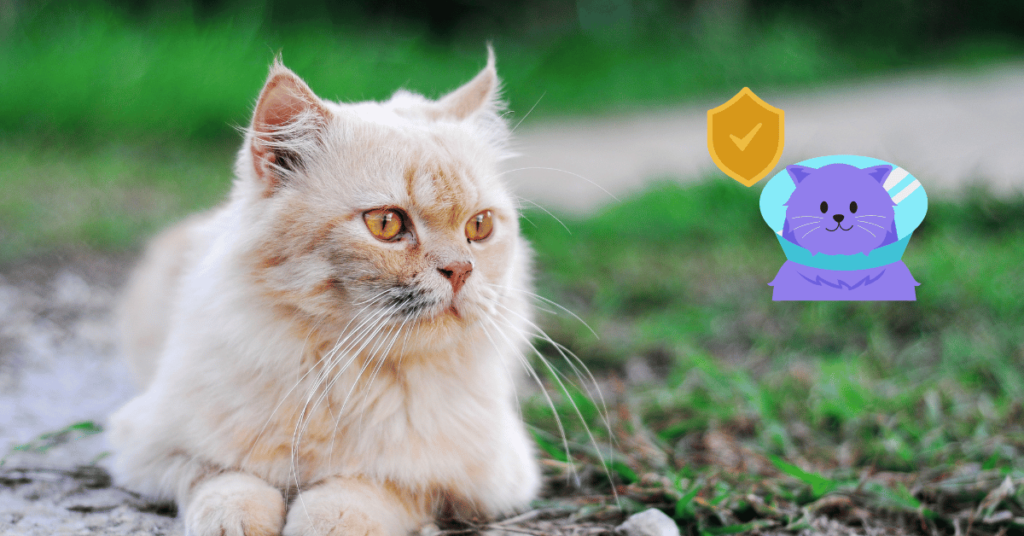
The Persian cat, with its long coat and flat face, is a brachycephalic breed, meaning its shortened skull often leads to breathing difficulties, dental disease, and upper respiratory infections. Persians also face eye issues like cataracts and progressive retinal atrophy, as well as skin conditions like seborrhoea and ringworm.
Other common health problems in Persian cats include:
- Polycystic kidney disease
- Hypertrophic cardiomyopathy
- Neurological disorders
Due to the variety of health conditions Persians are susceptible to, pet insurance can be especially useful for managing veterinary costs.
4. Bengal
Bengal cats are energetic and playful, but their active nature can sometimes lead to accidents, such as swallowing foreign objects, which may require emergency surgery. Bengal cats are also prone to progressive retinal atrophy and cataracts, which can sometimes require expensive surgical interventions.
Other common health problems for Bengals include:
- Kidney disease
- Hypertrophic cardiomyopathy
- Hip dysplasia
- Cystitis
- Pyruvate kinase deficiency
Pet insurance for Bengal cats can help cover the costs of emergency care and treatments for these hereditary conditions.
5. Sphynx
Known for being hairless, Sphynx cats are prone to skin issues like sunburn, skin cancer, and sebaceous gland problems. Their unique skin care needs can lead to frequent vet visits for conditions like skin irritations, and regular bathing is often necessary to manage their oily skin.
In addition to skin problems, Sphynx cats are at higher risk of:
- Hypertrophic cardiomyopathy
- Dilated cardiomyopathy
- Mitral valve dysplasia
- Periodontal (gum) disease
With pet insurance, Sphynx owners can manage the costs of their pet’s unique healthcare needs more easily.
6. Exotic Shorthair
Exotic Shorthairs, a descendent of Persian cats, have a flat face that often causes breathing and eating difficulties, similar to other brachycephalic breeds. They are also at risk for eye issues like progressive retinal atrophy and excessively watery eyes, which can lead to skin rashes.
Exotic Shorthairs are prone to:
- Polycystic kidney disease
- Hypertrophic cardiomyopathy
- Urinary disorders
Pet insurance for Exotic Shorthairs can help cover the ongoing costs of managing these conditions.
7. Scottish Fold
Scottish Fold cats, recognizable by their folded ears, carry a gene mutation that affects their cartilage. This can lead to painful conditions like arthritis, as well as ear issues that require ongoing care.
In addition to cartilage problems, Scottish Folds may suffer from:
- Osteochondrodysplasia (a form of dwarfism that affects bone growth)
- Ear infections
- Degenerative joint disease
These conditions can result in expensive treatments, making pet insurance an excellent investment for Scottish Fold owners.
Conclusion: Is Pet Insurance Worth It for Your Cat?
While all cats can benefit from pet insurance, it is particularly important for breeds prone to hereditary health conditions. Early enrollment in pet insurance ensures coverage before any pre-existing conditions develop. This can provide peace of mind knowing that you’re financially prepared to handle any medical issues your pet may face. If you own one of the breeds listed above, pet insurance can be a valuable way to manage potentially high veterinary costs, ensuring your cat gets the best care throughout their life.
So that was all about this article. If you have any further questions feel free to comment down below. We are always here to help you!

